These days, more and more people are incorporating sustainable features into their new home design – and with good reason. Not only will you help the environment, it’s also good for your bank balance, as your energy bills can be significantly reduced. And in the long run, it may even make you money, as the resale value of your sustainable home will increase.
But, if you’re keen to build a more sustainable home, where do you start?
When it comes to sustainability, there are certain design factors that are a must. So, in this article we share 5 key ways to help you make your new modular home more sustainable.
Orientation
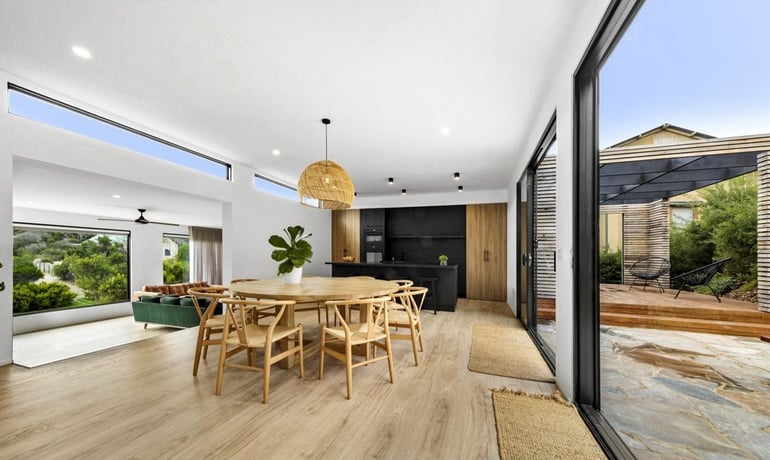
One of the first things you should consider is the orientation of your home – in other words, how your home is positioned on site. Your design team will ensure both the aspect and house design are ideally suited to your climate and site conditions to take full advantage of solar gains and passive elements. This (in combination with a well-sealed and insulated design) will help your home maintain a comfortable temperature year-round, reducing the need for active heating and cooling.
Windows
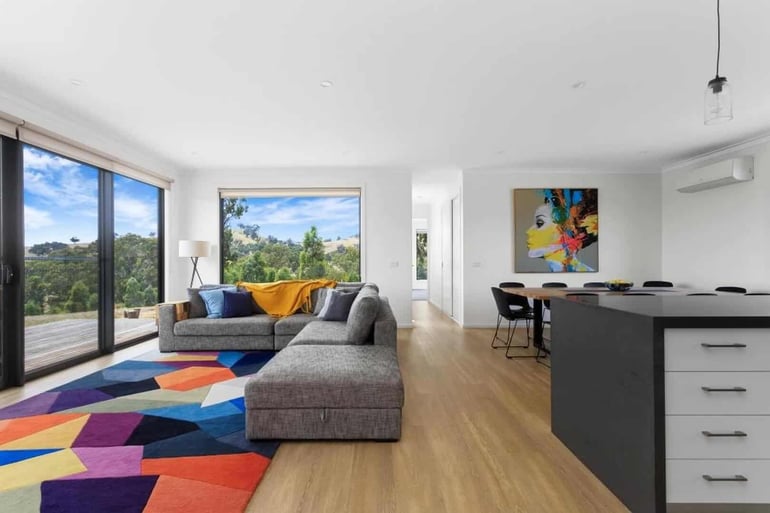
The right windows make a massive difference to the thermal efficiency of your home, so be mindful of the type, size, positioning and shading. Single-pane glass windows will gain heat in summer and leak it in winter, making you more reliant on active heating and cooling. In contrast, double-glazed windows (which are a standard inclusion in all of our homes) can reduce heat loss or gain by almost 30%. You can take this a step further by upgrading to thermally broken aluminium window frames to create an insulated barrier around your windows, or opting for triple-glazed windows for an even better thermal performance.
Insulation
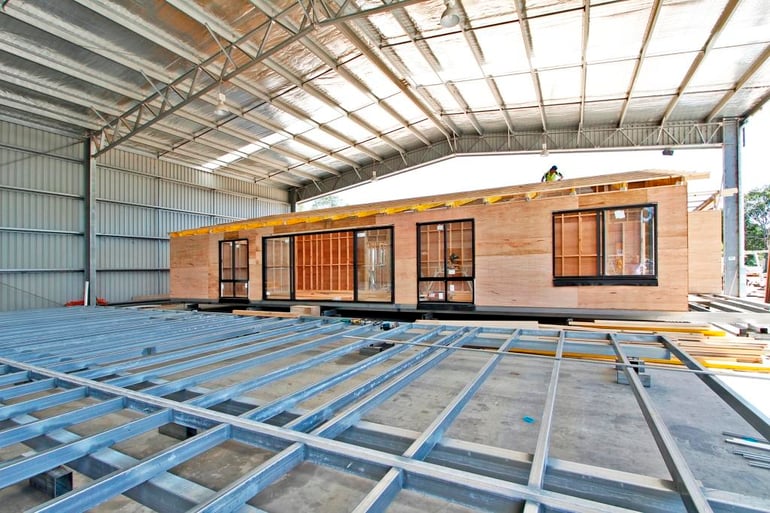
It may not be on the top of your new home wish list, but insulation is a key factor in designing a comfortable and more sustainable home. Our new homes include insulation batts in the ceiling, walls and under floor, as well as heavy duty sarking and wall wrap. You also have the option to increase the wall and ceiling bulk insulation to further enhance the efficiency of your home.
Electrical Appliances
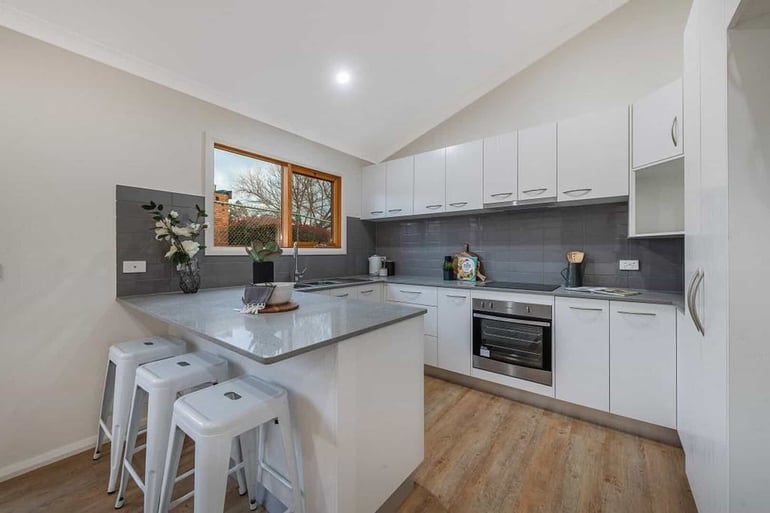
Your appliances are another key contributor to the amount of energy required in your home, and choosing those that are more energy efficient saves you money and reduces your environmental footprint. For appliances in your kitchen (fridge, freezer, dishwasher) living zone (TV) and laundry (washing machine and dryer), you can use the Energy Rating Label to guide your decision. The higher the stars, the more efficient the appliance is.
Other areas in the home to consider are heating, cooling and lighting. The most efficient heating and cooling will depend on your climate and the size of your home, and you can do a comparison online to find out which is best for you. When it comes to lighting, LED lights are a popular choice due to their low energy requirements and modern look.
Renewables
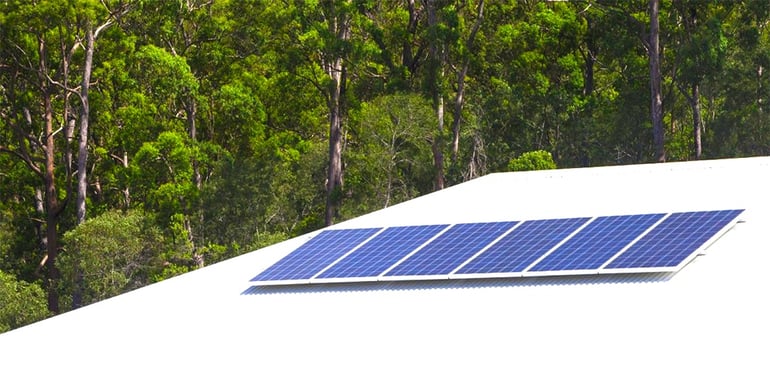
If your budget allows, adding solar hot water, solar power or water tanks to your build offers long-term cost and energy savings. While this does require an initial cost outlay, over time you should see this paid back and then some. You will also add value to your home as more people recognise the importance and benefits of renewable energy.
Make Sustainability a Priority
There are so many details to consider when building – from finding the right land to choosing your colours and finishes. And while it’s usually not possible to include everything on your wish list, prioritising sustainable design and features is a smart move. In the short term, your home will be comfortable and cost less to run, while in the long term, you can feel good about reducing your footprint, and also increasing your home’s value.
Over to You
Do you have a question about building a sustainable home? Or a comment to add about something that has worked for you? We’d love to hear it! Simply post a comment below or get in touch with our team on 03 5145 7110.
